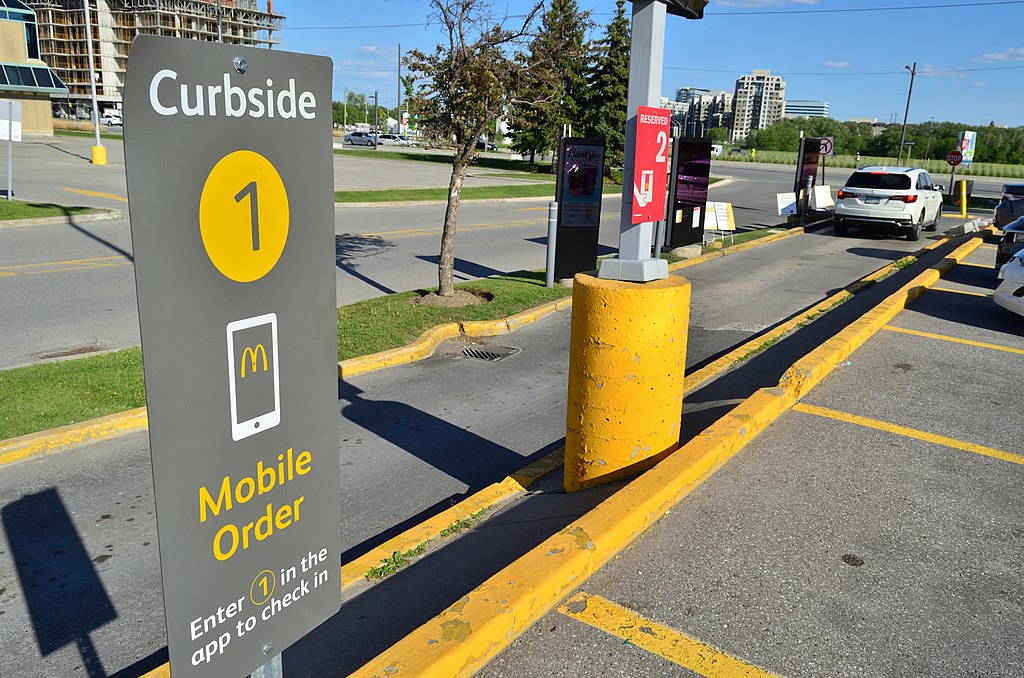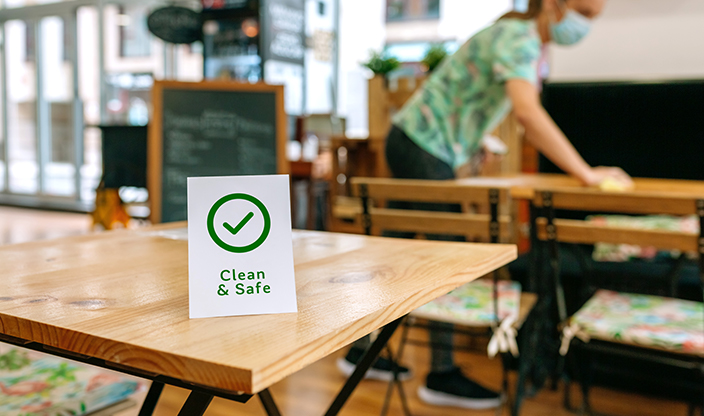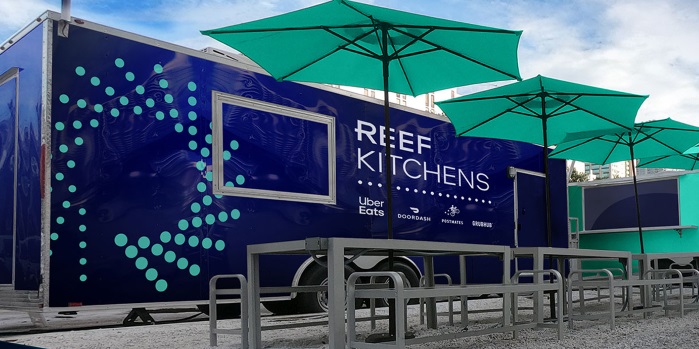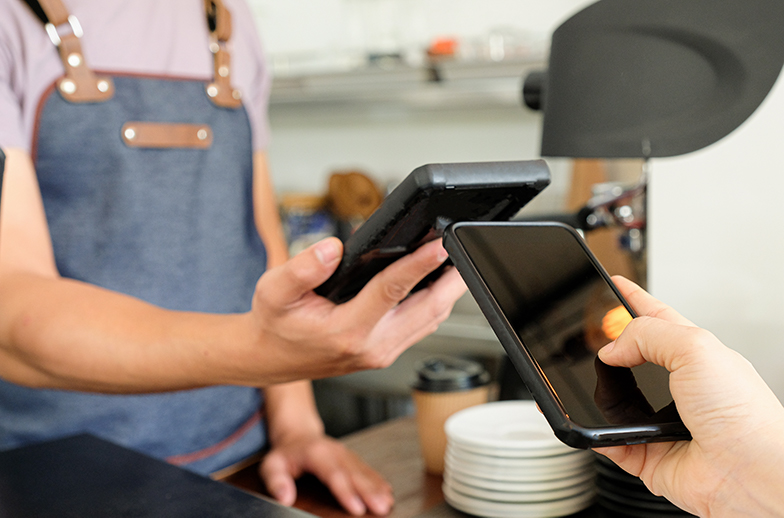Introduction
It’s a bit of an understatement to say that the restaurant industry has had a tough year. Compared to other industries, the restaurant industry has been hit harder than most due to strict social distancing protocols, supply chain issues, and a swift exodus from in-restaurant dining. According to the National Restaurant Association, the restaurant and foodservice industry sales fell by $240 Billion in 2020 with more than 110,000 eating and drinking places being forced to close their doors with the hopes of re-opening after the pandemic. Although, with doors closed and no end in sight, business owners can only go so long without revenue before being forced to shut down for good. Restaurants have been forced to adapt extremely quickly, with those who cannot quickly succumbing to the changing landscape. Many changes have been implemented as a last-ditch mitigation strategy to combat the harsh effects of the pandemic on profitability, but will the industry ever fully bounce back to the way it was? Or are these short-term changes here to stay?
Customers Expect a Smooth Take-out Experience
The reliance on take-out and curbside pickup has forced restaurants to adapt to new consumer preferences. During the pandemic, take-out orders have grown to 88% compared to 69% before the crisis, according to Zagat’s Future of Dining Study. This number most likely will normalize again after the pandemic, however, customers have come to expect a certain standard of quality when purchasing to-go orders. Customers expect a seamless and stress-free take-out transaction; from the minute they place their order to when they arrive to pick it up, the restaurant should be transparent every step of the way. Things like contactless interaction, mobile payment and order, as well as push notifications, all make the customer more comfortable interacting with a brand. Restaurants who refuse to make these changes may not see customers return, as many would rather switch to an alternative restaurant than have a bad dining experience. One should remember; a customer has a plethora of choices when deciding where to eat a meal (even after the many closures). Many people are more likely to spend their money somewhere where they can consistently have fast service and hassle-free interactions. Investments in clear signage, dedicated parking spaces, and modern applications that keep customers updated every step of their take-out experience really go a long way in creating customers for life.

Health and Safety Concerns Won't Go Away Just Because the Pandemic Does
During the Covid-19 pandemic, the main deterrent for eating out is health and safety concerns. For those that do dine out, customers expect a certain standard of cleanliness. Restaurants must make it clear and obvious that they aren’t only doing the bare minimum. Employees and managers must show that they are going above and beyond to ensure that diners have a safe and healthy experience. Restaurants that fail to do this will see less and less diners opting to return to their establishment during the pandemic. But even after restrictions are eased, many consumers will not immediately take to reserving a table. According to the Zagat study, only 1 in 3 diners will dine out within the first week of the re-opening. Most respondents claimed they will wait 3 to 4 weeks or even longer to return. This data shows that consumers are anxious and have developed a much stronger need for transparency in following health protocols than before the pandemic. Customers have a new standard of health and cleanliness when they enter a restaurant. Yes, restaurants have always had to pass health inspections, but as a customer, did we really ever pay attention? This pandemic has surely changed customer perceptions of sanitization. Before the pandemic, it was a simple routine. But now, restaurants must commit to real transparency in how they are ensuring safe experiences. It is a guarantee that everyone will return to restaurants once restrictions are eased. However, diners may pick and choose which brands they trust to not only deliver great food, but great health practices as well. If a restaurant refuses to make a serious commitment to meeting these health and safety concerns, customers may be hesitant to ever eat there again.

Restaurant Physical Orientations May Have Shifted Permanently
During the pandemic, traditional restaurant layouts have all but been abandoned, with most restaurants only allowed to house a small percentage of its usual capacity. Tables have been rearranged to be a minimum of six feet apart. In some cases, tables have even been removed all together to discourage visitors from staying. Places like Starbucks have had to shift their value proposition, no longer a place where customers can sit and work for hours on end, drive throughs and mobile ordering are now the heavily preferred, safer option. The removal of indoor seating has also led to an interesting industry pivot: a new form of restaurant known as ghost or virtual kitchens. As dining areas were closed, some restaurants adapted by condensing their physical location to nothing more than a kitchen. The idea was, to cut costs, owners would remove the dining space and focus fully on off-premise food sales and deliveries. To some, this idea was a quick way to avoid going out of business in the midst of the pandemic. But some are recognizing its merits as an extremely cost-effective way to run a restaurant. By cutting down on the cost of real estate, labor, décor, etc. restaurants can focus solely on the food and even have extra funds to invest in online presence, mobile applications, and delivery/take-out innovations such as contactless solutions. A study by Technomic even predicts that sales from ghost kitchens will rise by 25% each year for the next 5 years. For customers looking for delivery or take-out, ghost kitchens offer them a unique way to receive quality food.

Keeping Up With Current Technology Trends
Restaurants will need to seriously invest in technology to keep up with consumer demands. During the pandemic, it has become commonplace to interact digitally with a restaurant, even when dining in. For safety, restaurants offer contactless ordering through smartphones or tableside tablets, digital menus, and point of sale systems. It has even become routine for waiters, hosts, and other employees to carry tablets or smartphones for taking orders and communicating easily.

These investments have helped a lot of restaurants reopen their business and even thrive in a harsh time. But innovative tech like this isn’t just useful during the pandemic. These modern restaurant technologies are here to stay because they benefit the two most important parties involved: the customer and the restaurant. For most customers, these changes are not only hygienic but extremely convenient. After realizing the benefits of tap to pay from a mobile device, digital menus, and contactless interaction, many won’t ever want to go back to traditional methods like paying by cash. In many ways, COVID-19 has upended cash payments almost entirely. Even if diners aren’t worried about the sharing of surfaces, having the ability to order whatever you want, whenever you want it from both inside the restaurant and from the comfort of your own home, is priceless. Not to mention, contactless ordering from mobile devices can quickly cut down on lines and even let risk averse customers know that their well-being is a priority. From the restaurant’s point of view, collecting orders, account information, and loyalty stats is invaluable for a company looking to turn guest data into future profits, and with new technology, it has never been easier. Most POS systems collect this information automatically and generate daily, weekly, and monthly reports showing the biggest trends such as sales, inventory, and consumers. Without a mobile ordering POS system, analyzing this data would take an up valuable employee hours; now, it can be done automatically and under one unified interface.
Conclusion
Overall, restaurants are going through a period of transformation, in both a physical and digital sense. Physically, restaurant layouts are changing, but at the same time the digital outlets that customers interact with are evolving every day. What we are seeing from the consumer side is a change of expectations: different expectations than what has traditionally been seen in this industry. Things such as contactless options for health and safety, but also new technology to modernize the entire restaurant experience. Ditto can help restaurants succeed as these long-term changes become more relevant in an increasingly digital world. Ditto already has helped industries build specialized contactless solutions to allow businesses to thrive during this pandemic and beyond. If you are interested in learning how Ditto can help prepare your business for changes in the future, get started through the Ditto Portal and consider filling out the form in the footer below to stay up to date with everything Ditto is working on.
Sources
- Ghost kitchens are here to stay - Here's how to make the most of the model
- 2021 State of the restaurant industry report
- Sanitation will be top diner concern post-coronavirus, report reveals
- How the Coronavirus is reshaping ordering and payment
- What will restaurants look like after Covid
- Zagat Future of Dining Study
